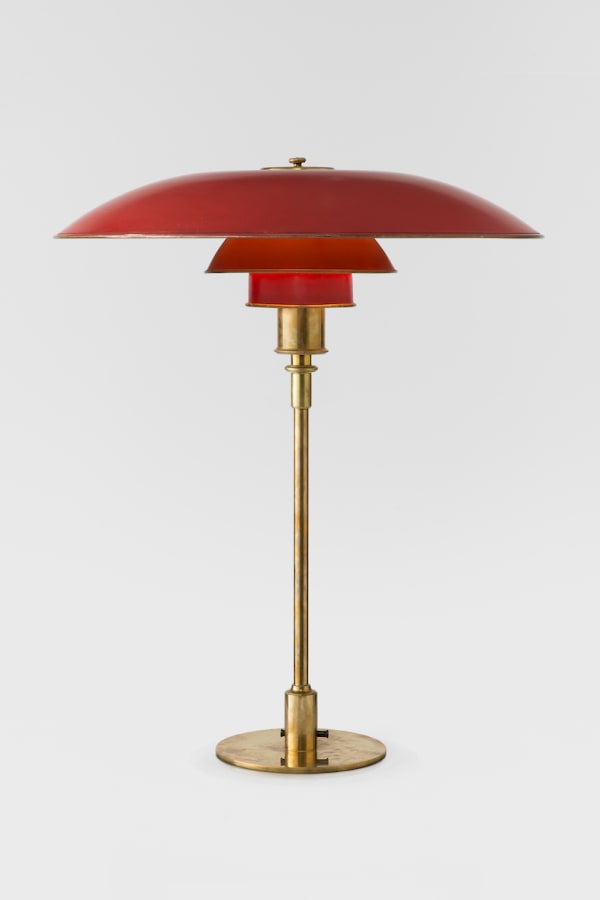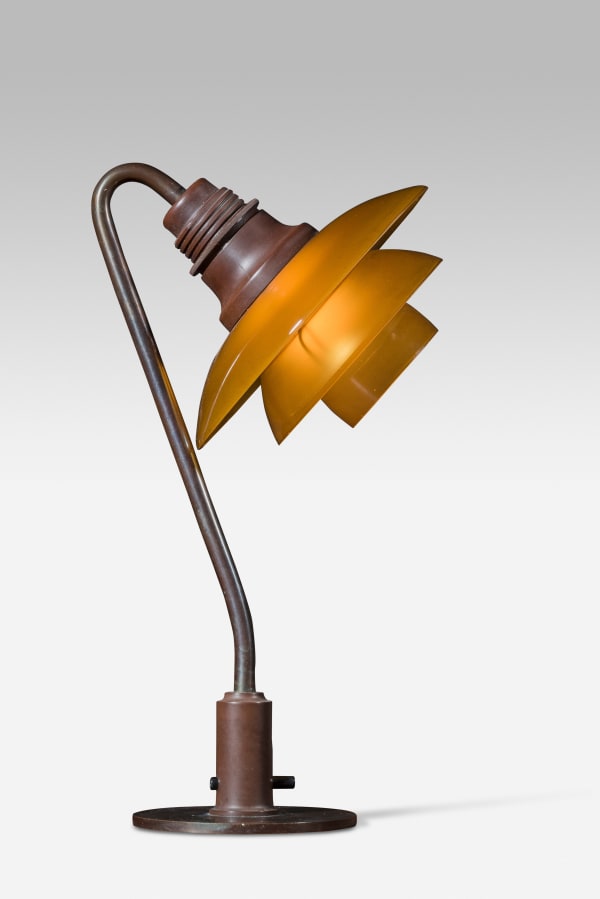Poul Henningsen Denmark, 1894-1967
Danish architect and designer Poul Henningsen was one of the leading figures of Danish cultural life in the 1930s. He is considered one of the most influential designers in the field of lighting.
Bornin 1894 in Copenhagen, Denmark, Poul Henningsen originally trained as an architect at the Copenhagen College of Technology. He was a self-taught inventor, and through his writings gained a reputation as a sharp critic of art, architecture and society.
Henningsen grew up in the age of the petroleum lamp. When electric lighting emerged in the early 1920s he had difficulty with the glare of the electric bulb, so he began to develop a lamp that would have the soft, relaxing qualities of the petroleum lamp. The result of his efforts was the three-shades lamp that was soon to be known simply as the PH lamp.
The curvature and position of the three shades perfectly determined the distribution of light, directing it down on the table. At the same time the glass shades allowed the light to fill the room, avoiding a harsh contrast between the illumination of the table and the walls. Different kinds of coloured glass shades with matt frosted surfaces ensured that the lamp radiated a golden tone and cast a harmonious shadow.
The Poul Henningsen PH lamps series garnered many design awards, including first prize for modern lighting at the 1925 Exposition Internationale des Arts Décoratifs et Industriels Modernesin Paris. The next year it was put into production by Louis Poulsen & Co. in Copenhagen.
Henningsen also worked as an independent architect in Copenhagen, where he designed several houses, a factory, a part of the Tivoli amusement park, and the interiors of two theatres.
To this day the PH lamp remains his single most important contribution to design. What was perceived as a radical new way of thinking in terms of both technology and design today still shows us what good lighting is.









